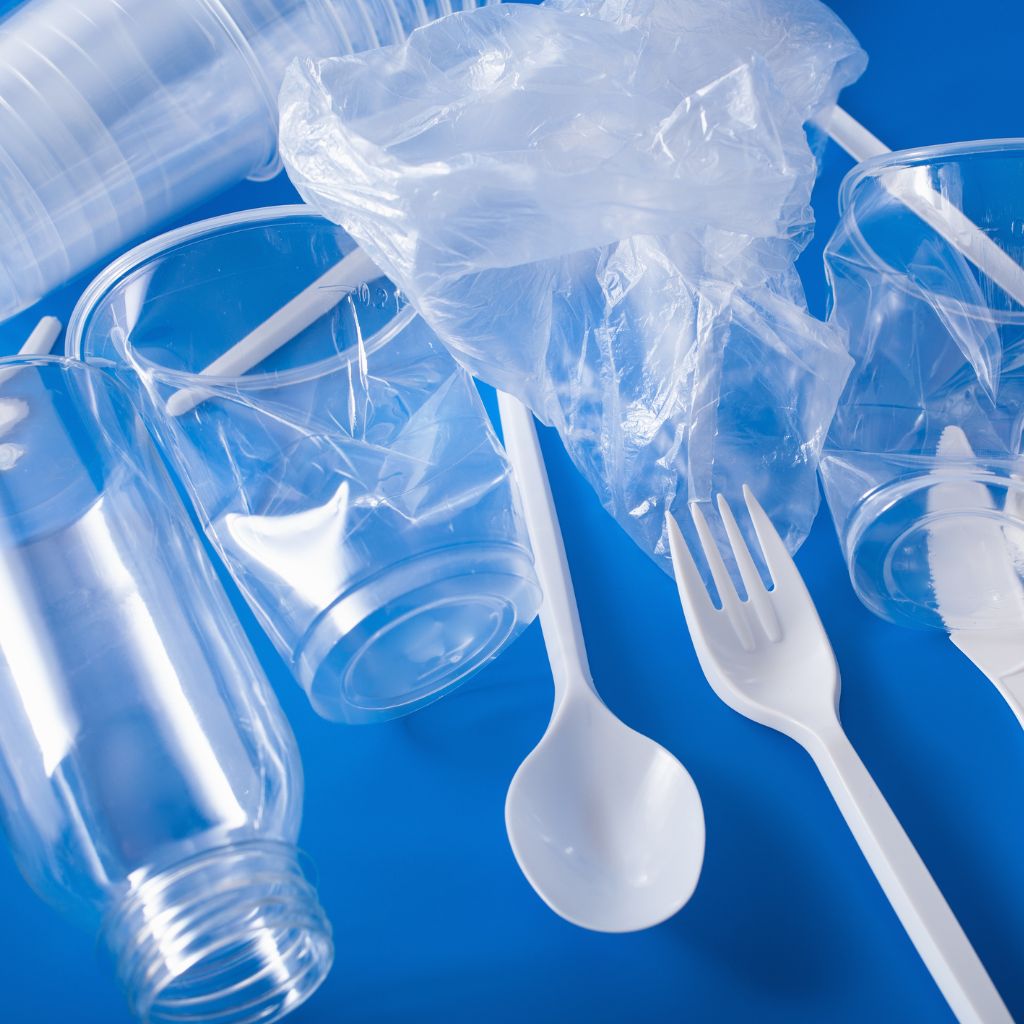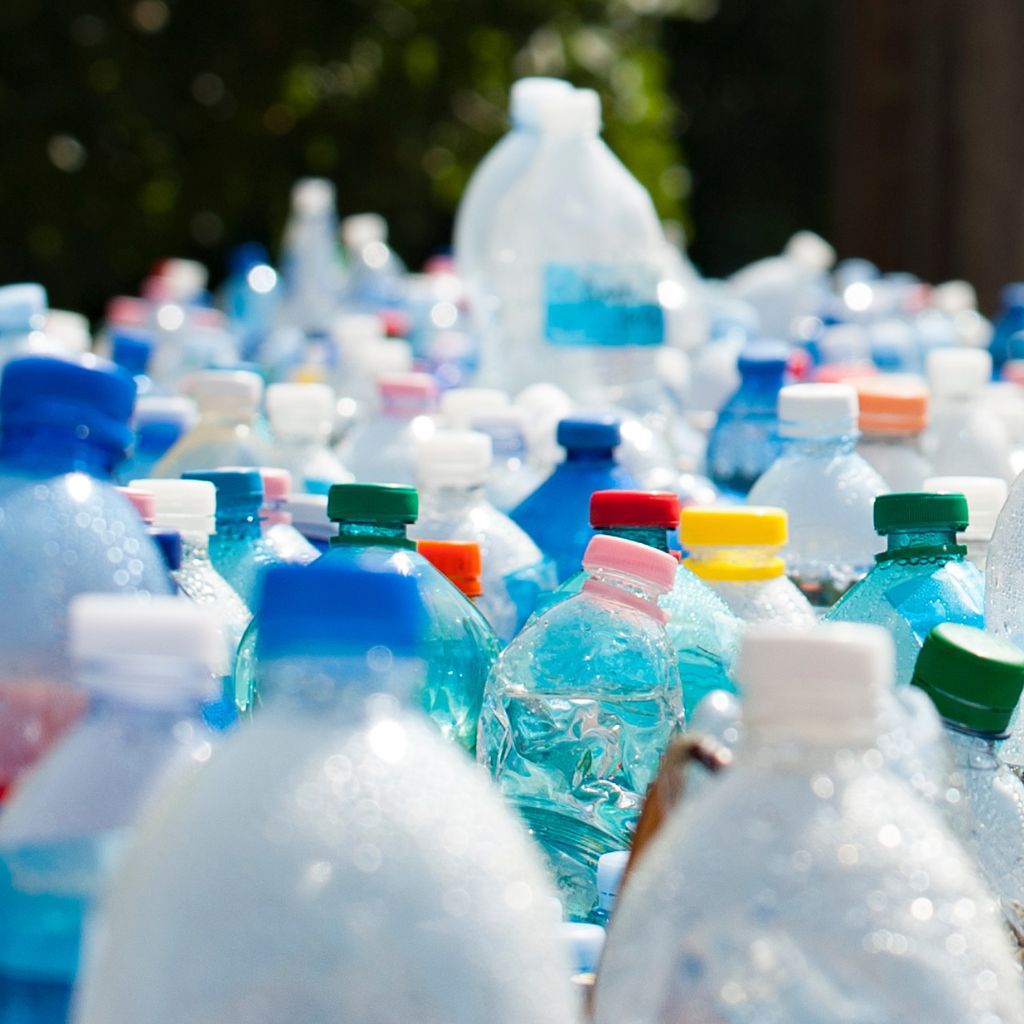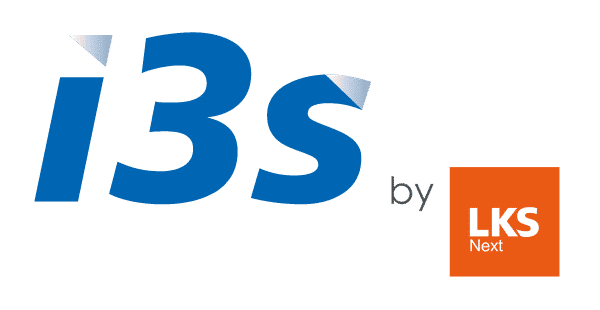Nerea García
In today’s business landscape, sustainability is no longer an option but a strategic and legal obligation. One of the key regulations that is setting the course in Spain is RD 1055/22, legislation designed to prevent and reduce the environmental impact of packaging throughout its life cycle.
For many companies, especially those that are product producers, complying with the requirements of RD 1055/22 may seem a complex challenge. However, with the right tools and strategy this challenge can be transformed into an opportunity to optimize processes and reinforce the commitment to the environment.
We will explain how an integrated technology solution can significantly streamline management, especially annual reporting to MITECO, avoiding the headaches that many organizations currently experience.
Understanding the objective of RD 1055/22
The spirit of RD 1055/22 is clear: to promote a circular economy. The main objective is to reduce the amount of packaging entering the market and to promote a model where resources are used more sustainably and efficiently. Instead of the traditional “use and throw away” model, the regulation encourages the reduction, recycling and recovery of packaging materials.
This not only extends the life cycle of materials, but also minimizes environmental impact, a goal shared globally.


The 4 key obligations for Product Producers
If your company markets or distributes packaged products in Spanish territory, RD 1055/22 assigns you a number of unavoidable responsibilities. Ignoring them is not an option and can lead to significant difficulties. Below is a breakdown of these obligations:
- Registration in MITECO’s Product Producers Registry. This is the first essential step. All companies concerned should already be registered. Once registration is completed, MITECO assigns a unique code to each company. This number is not a mere administrative formality. It must be compulsorily reported on all sales invoices. It is crucial to bear in mind that if a company operates with several companies making sales in the national territory, each one must include its corresponding code in its respective invoices.
- Adherence to an Extended Producer Responsibility System (EPRS). Companies must join one or several SCRAPs (such as Ecoembes or Sigre, for example), depending on the nature of their products and packaging. This involves registering packaging materials and making an annual financial contribution. This contribution is calculated on the basis of the weight and type of packaging that has been marketed. Each SCRAP establishes its own rates by type of material, and this information is essential for subsequent calculations.
- Presentation of the Annual Report to MITECO. This is perhaps one of the most difficult obligations for companies. Annually, producers must declare the quantity and type of containers they have placed on the domestic market. The general deadline is March 31, although in 2025 an extension was set until April 30, probably due to the complexity that this reporting entails for many companies. The information for this report is largely derived from the validated data previously returned by SCRAP after our declaration. In MITECO, weights must be declared in tons, which requires accuracy in the conversion.
- Inclusion of Specific Information in the Invoices. Sales invoices must contain two key pieces of information derived from RD 1055/22.
- The product producer registration number mentioned above.
- The total financial contribution to SCRAP corresponding to the products on that invoice. The law does not require this contribution to be broken down by type of packaging or by SCRAP if it belongs to several. A totalized amount is sufficient. What is essential is that this amount be calculable and demonstrable, as close as possible to reality.


The challenge. Manual management and the risk of error.
An informal survey conducted during a webinar on RD 1055/22 organized by i3s revealed a common reality: most companies manage this reporting based on spreadsheets (Excels) and often outsource it to third parties. This approach, while functional, is error-prone, time-consuming and lacks the agility to respond to audits or to have a clear, real-time view of the situation. The reliance on data drawn from different departments (finance, controlling, logistics) increases complexity and the risk of inconsistencies.
The technological solution. Automation and control with SAP.
To overcome these obstacles, SAP solution experts such as I3S have developed specific tools that integrate directly into the company’ s ERP. These solutions are designed to automate and simplify compliance with RD 1055/22, as demonstrated in successful projects with customers such as Laboratorio Rubio and Forging Steel Products.
This technological solution is based on two fundamental pillars: master tables and control monitors.
- Centralized Master Tables:
- Product Master. All the detailed information on the packaging is stored here for each material and company. For example, a box of a medicine may have three records: one for the cardboard box, one for the aluminum blister and one for the plastic blister. This table includes crucial data such as the type of packaging, the material, whether it is reusable, which SCRAP it contributes to, and even specific fields tailored to industries such as pharmaceuticals. A “status” field allows records to be inactivated without deleting them, ensuring the integrity of historical data for past reports.
- Contribution to SCRAP. This table relates each type of packaging material to the corresponding SCRAP, the year and the applicable price or tariff. This information, provided by the SCRAPs themselves, is the basis for automatically calculating the financial contribution that must appear on invoices.
- Monitors for integrated management
- Movement extractor: This monitor is fed in real time with material issues and returns, crossing the data with information from the master tables. It is used both for internal reports and to feed accurate data to the annual report monitor.
- SCRAP Annual Report Monitor: This is the key tool to simplify reporting. It allows filtering by multiple fields and presents aggregated data according to the needs of each SCRAP. For example, for Sigre, you can break down quantities by channel (hospitals, wholesalers), while for Ecoembes you can show the total sum. At the end of the year, by simply defining the date range, you obtain the exact information for the declaration.
- Invoice monitor: Mainly for statistical purposes, this monitor provides a detailed view of all invoices issued (domestic and foreign), showing packaging information and contributions per item.
Accurate calculations and guaranteed retroactivity
One of the major advantages of these solutions is their ability to perform complex calculations automatically. For example, for transport packaging (pallets, plastic film), whose usage per invoice is difficult to measure, an estimated formula can be applied based on historical data on purchases and units sold, getting as close as possible to the actual cost.
In addition, these tools are designed retroactively. This means that if a company implements the solution in the middle of the year, for example, in September, the system is able to process all transactions from January 1. Thus, at the end of the year, complete information will be available to generate reports without data gaps, ensuring compliance for the following year.
Turning obligation into competitive advantage
RD 1055/22 is more than just a regulation; it is a catalyst for the transformation to more sustainable business models. While its requirements may seem overwhelming, technology offers a clear path to manage them in an efficient, safe and automated manner.
Moving away from manual, Excel-based processes to integrated solutions not only ensures compliance and avoids potential penalties, but also frees up resources, reduces the risk of errors and provides valuable data for strategic decision making. Ultimately, it allows companies to focus on what they do best, with the peace of mind that their environmental and legal obligations are covered in an agile and reliable manner.
Marketing and Communication i3s





